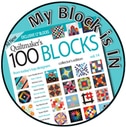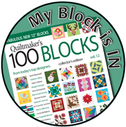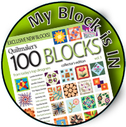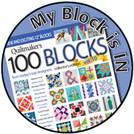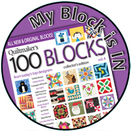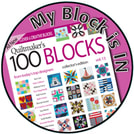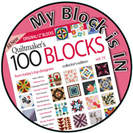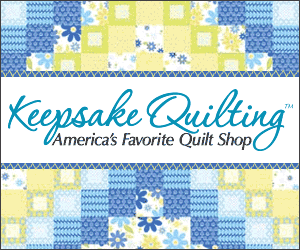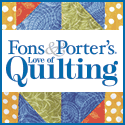I volunteered to be the guild challenge chairperson and I quickly decided that flower motifs would be the first requirement for the blocks challenge. As for the size of the blocks I referred back to what I remembered from past challenges. From what I remembered most of the blocks have been blocks of the same size. Although I do remember one year when the blocks only had to be the same height, 12”and for the width the block; it could be 6”, 9” or 12”. That turned out to be a beautiful quilt and the one I remembered most.
Another source of inspiration was a quilt I saw in my issue of Quiltmaker Magazine March/April 2016. The quilt was called "The Swoopers" and it was designed by Diane Volk Harris. This pattern featured a layout that incorporated blocks of various rectangular dimensions. To create unity the background for the blocks were all the same color but as the blocks were made by different individuals the backgrounds were not of the same fabrics in the chosen color. This gives the quilt a bit of movement without being overwhelming. As a result of the varied block dimensions used in the layout, there were gaps in the block arrangement. This problem was cleverly solved by placing runs of Flying Geese units where the gaps appeared. I would use that as my jumping off point.
- All flowers must be on a light blue background of cotton broadcloth
- The motif can be applique or pieced as desired.
- Blocks size could be 6” x 6”, 6” x 9”, 6” x 12”, 9” x 9”, 9” x 12” and finally 12” x 12” inches for each block.
12 – 6 “ x 6” blocks
2 – 6” x 9” blocks
4 – 6” x 12” blocks
20 – 9” x 9” blocks
4 – 9” x 12” blocks
17 – 12” x 12” blocks
Then one day I had the great idea to use “Sky Blue” fabrics I painted using Mickey Lawler’s technique for the small triangles on the Flying Geese. Our guild has hosted Mickey Lawler the author of Sky Dyes a couple of times.
Her method of painting a sky utilizes a combination of turquoise and ultramarine with amazingly diverse results. This I decided would be the perfect solution. You can see the color I’m describing on her website. Even better many guild mates who took the class still had their sky fabric and donated it to the project.
Staying with the general layout idea used in "The Swoopers" design I focused on random groupings of different dimensioned blocks. This resulted, as I knew it would, with gaps where I could place runs of flying Geese. I also wanted to keep similar blocks made by one individual away from each other in the layout to create diversity in the design. I also tried to keep the geese spread around the quilt in an asymmetrical fashion. To further this imbalance I placed the runs of flying Geese in opposing directions to create visual interest.
Microsoft Publisher 2013 is not ideal for designing, at least not for me, as I don’t know how to make images snap to each other and have to manipulate everything with my hand. Which can be painful after extended periods of time. If you know how to “snap” objects to each other in Publisher 2013 please let me know
For blocks that were almost the right size, within a ¼”; I cut a piece of freezer paper at least 1“ larger than the size of the block needed. I ironed this to the back of the block while keeping the block in the center of the freezer paper. Once it cooled I would turn the block over and square up the block cutting through the freezer paper. Now I had straight edges and square corners for joining to neighboring blocks.
As I placed the blocks on my design wall for the first panel I wanted to work on I had a discovery. “Hey! Where did this block come from?” I found out that I had a 6” square block that I forget to include in my layout. I don’t know who made it. Somehow the name tag disappeared. I know I’ll find out who made it eventually but for now what am I to do with it? Oh and another thing “Marge’s block is only 9 inches square and I need a 12 inch square block in that space!” No problem about Marge’s block, I’ll just add strips to it to make it bigger.
Now it was time to construct the quilt top panels. For each panel I would arrange the blocks and Flying Geese on the wall to match the layout I had printed from my EQ design. Next I would move the blocks into sub groups to reflect the sequence I planned to use to assemble the panel. I almost mixed up the block placement on panel three but I caught it before it was too late to rip out and fix. All in all things went well for the first two panels I worked on.
My solution to my quandary, a quilting “shell game”. I switched the sequence of the panels for the triptych design. The first time I rearranged them I ended up with the iris blocks next to each other. So I switched them around one more time. This time I had two sets of Flying Geese runs connecting and creating an "l" shape. I wasn't too thrilled with this but quickly overcame my bias when I thought of the other option which would be ripping stuff apart and re-sewing.
One last complication - My iron died on the last panel. But fortunately I don’t live in rural America and that problem was quickly solved.
Tips for future guild challenges
- Impress upon guild mates the importance of using short stitches for all piecing 2.0 or 14 stiches per inch and shorter still for foundation piecing.
- Try to have a buffer of background for applique or narrow sashing for pieced blocks. This way the block can be squared up to the exact size without disrupting the elements in the design. Also points will not disappear when sewn.
- For applique blocks start with a square at least 2” larger than the desired size. Do not trim before handing off to guild challenge chairperson.
- No 3 dimensional applique. All applique of this sort will most likely be subject flattening as the project is constructed.
- Explain that any block not meeting these guidelines will be returned to the maker for improvement.
Happy Quilting to all!

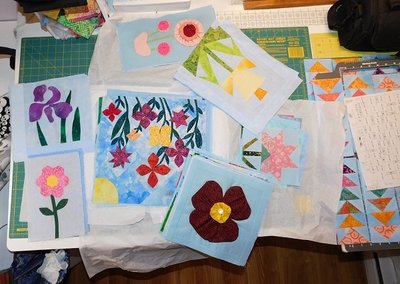
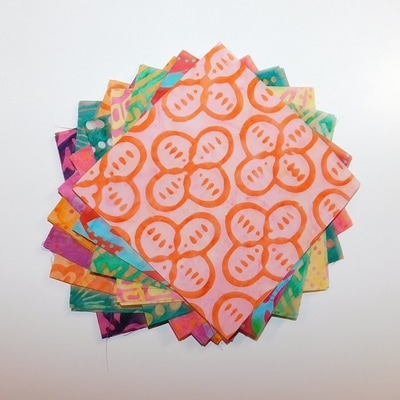
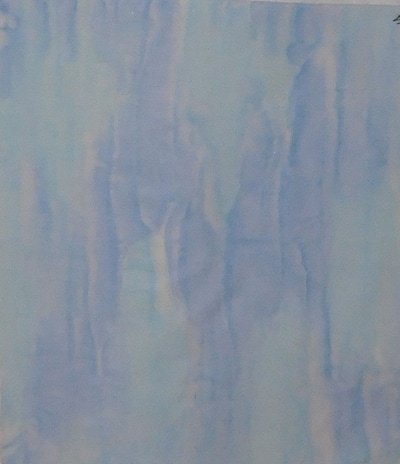

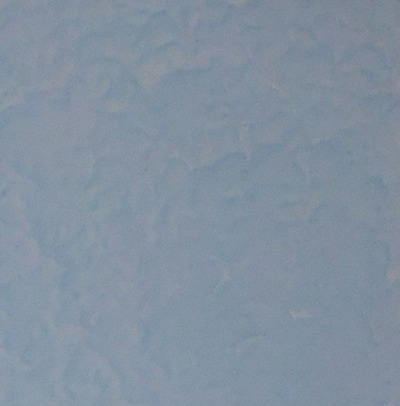
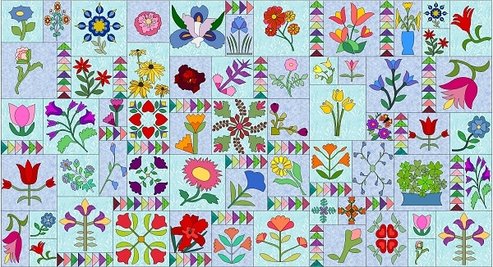
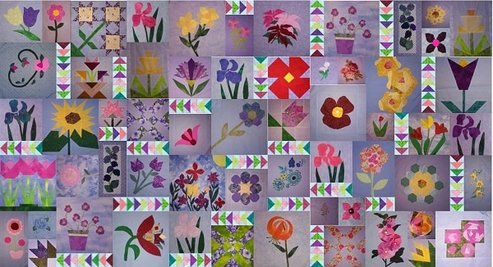
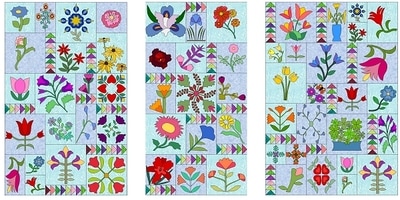
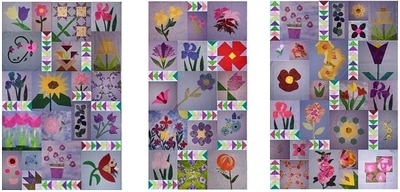
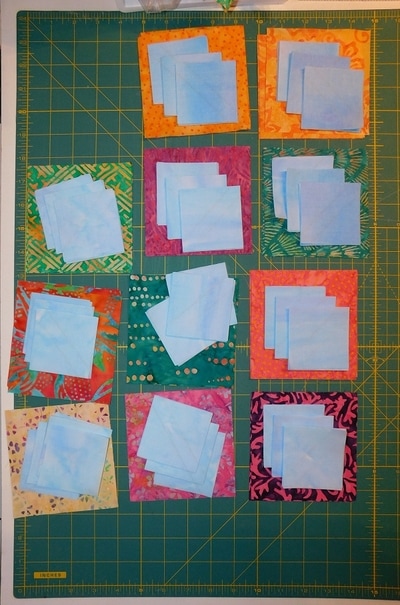
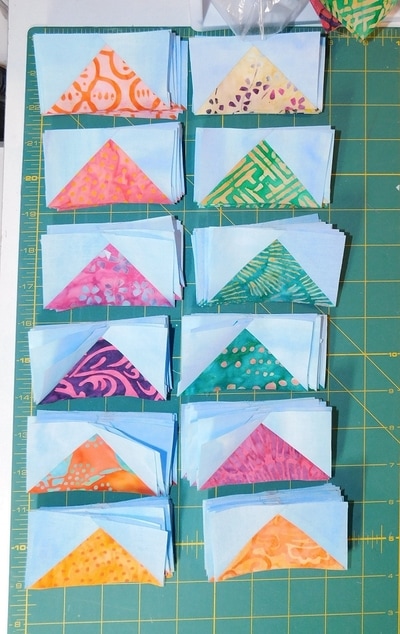
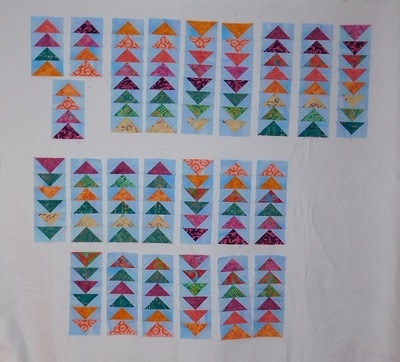
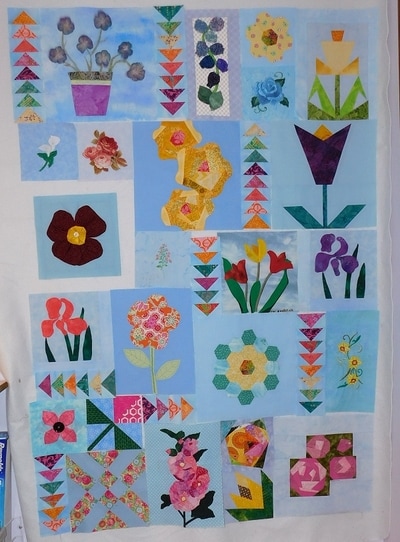
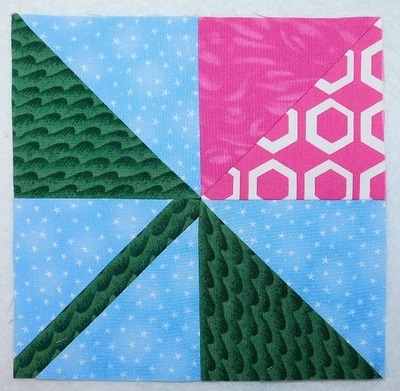
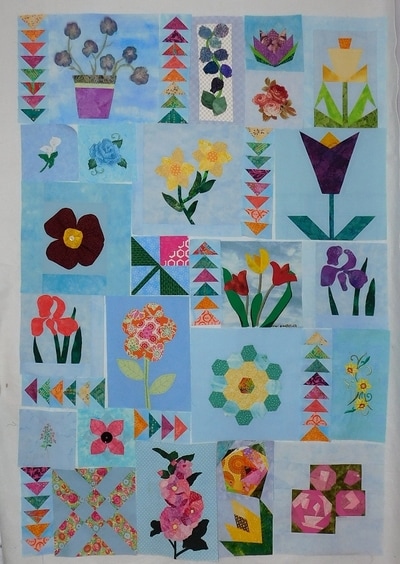
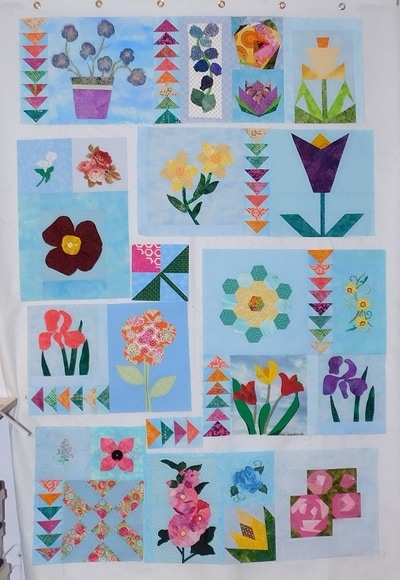
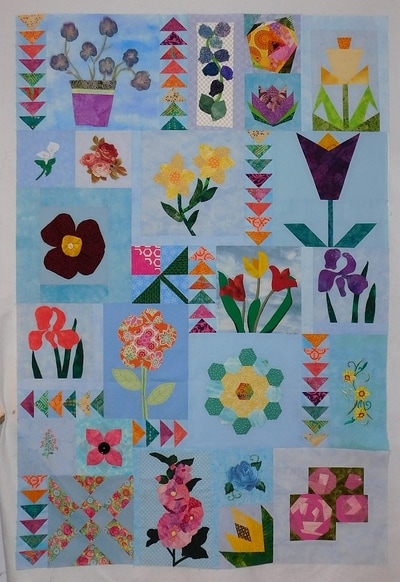
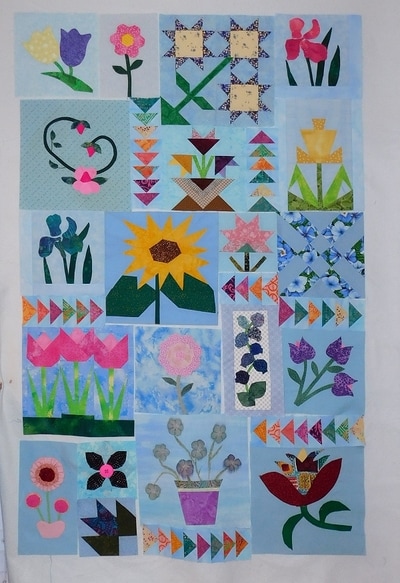
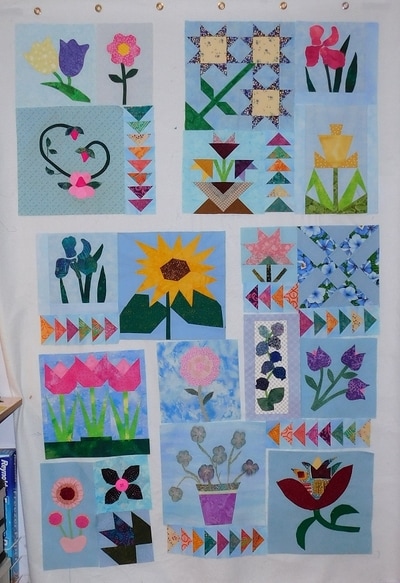
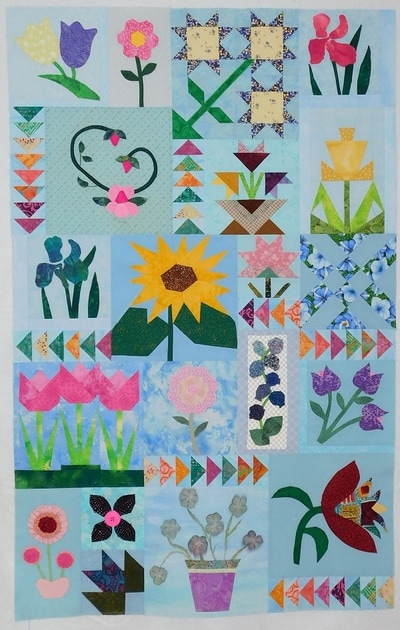
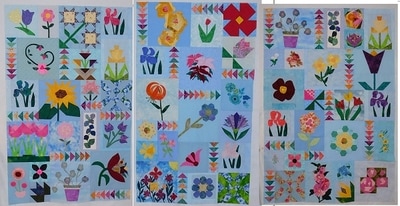


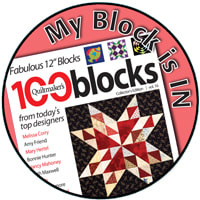
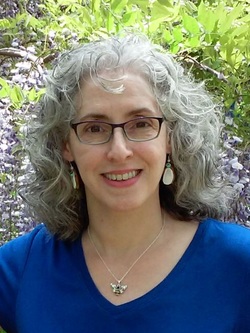
 RSS Feed
RSS Feed

